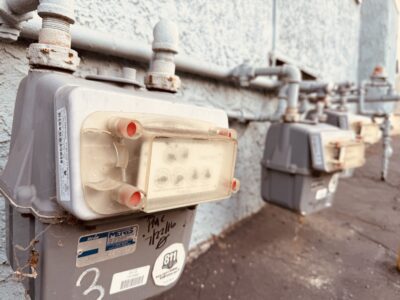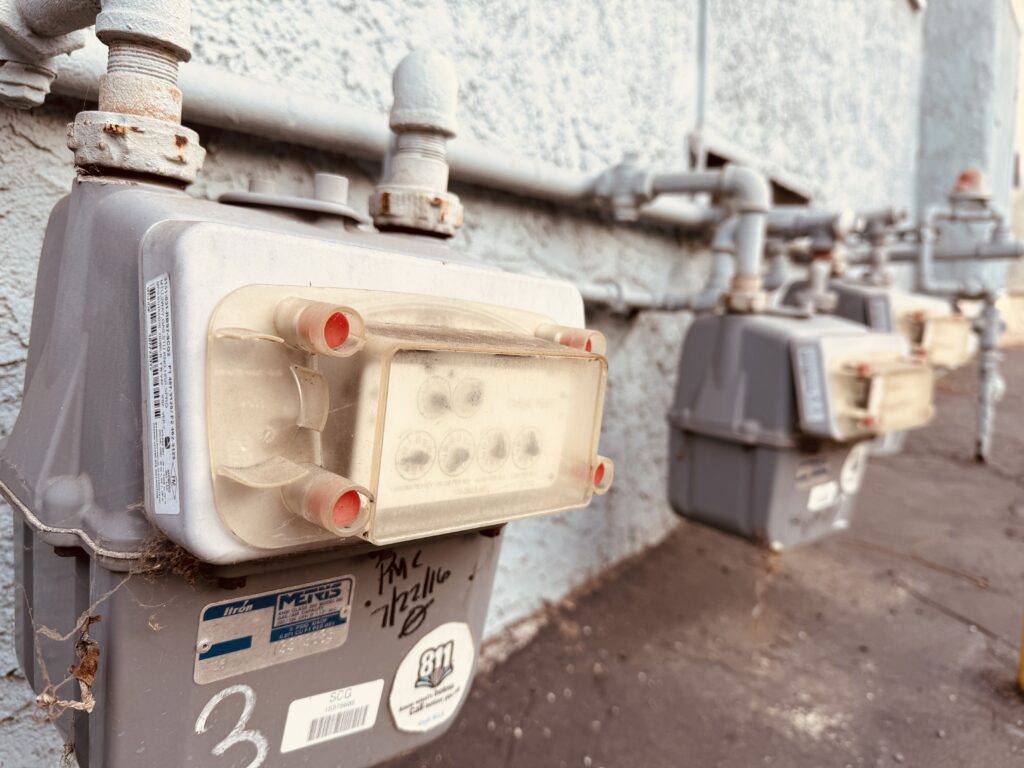The CPUC Makes Good on Neighborhood Electrification
Legal Planet: Environmental Law and Policy 2025-11-18


Here’s something to celebrate: the California Public Utilities Commission (CPUC) released its proposed decision designating initial priority neighborhood decarbonization zones. Loyal readers of Legal Planet will have followed our coverage on SB 1221, a law passed last fall that allows the CPUC to support “neighborhood decarbonization zones” to transition away from natural gas toward zero-emissions alternatives. Phasing out natural gas in favor of electrified alternatives is a vital step toward California’s ambitious decarbonization goals. SB 1221 is a promising baby step towards that goal — it would relieve gas utilities from their “obligation to serve” pilot neighborhoods while simultaneously providing those neighborhoods with the resources to transition away from gas. The lessons learned during this pilot program will be invaluable as the state seeks to scale up its transition away from gas.
The first stage in the process was for the Commission to designate “priority neighborhood decarbonization zones,” geographic areas within which the CPUC could authorize pilot projects for voluntary decarbonization. These zones are important because they determine where gas utilities will conduct outreach to community groups, local governments, and homeowners to secure their participation in the program. The more targeted the zones, the more effective that outreach can be, and the faster the process can proceed.
In August, however, the gas utilities released a somewhat perplexing proposal. They asked the Commission to designate every location with a potential gas pipeline project as a priority zone. In other words, every area was to be a priority area. They argued that it would be premature to exclude any zones at this early stage in the SB 1221 process, disregarding that the law expressly allowed for decarbonization zones to be updated as necessary after their initial designation. By failing to indicate specific zones, the gas utilities would only have complicated the important work of engaging with community stakeholders.
My UCLA Emmett Institute colleague Denise Grab, a clean energy expert, wrote at the time that “when everything is a priority, nothing is a priority.” Grab, who heads UCLA Law’s E-CELL project, was not alone in this assessment: NRDC, Sierra Club, The Utility Reform Network (TURN), and Cal Advocates all pushed for a discrete cohort of priority decarbonization zones.
It seems that the Commission agreed with these points of view. In its proposed decision, the CPUC rejected the gas utilities’ proposed approach, and instead chose to select a fixed number of decarbonization zones at the census tract level. The Commission was persuaded by the argument that “overly broad designations at this stage in the process make it difficult for stakeholders and the public to provide meaningful input” — the argument made by Grab and the environmental groups. It reasoned that these initial zones could always be updated or refined if necessary, and that the utilities’ claimed need for flexibility was thus largely moot.
In total, 142 census tracts were selected, with at least one census tract within the jurisdiction of each county that requested inclusion in the program. Los Angeles County gets seven, San Francisco three, and Alameda and San Diego jointly lead with thirty-one tracts. Sixty-eight percent of the selected zones contain low-income households, in line with SB 1221’s (§ 662(a)) directive to prioritize disadvantaged, low-income and environmental justice communities. All 142 tracts fall within the service territory of either PG&E, SoCalGas, or SDG&E. Here, too, the CPUC paid attention to stakeholder feedback. It had initially set a cap of twenty-five zones per county to avoid overrepresentation of certain regions, which both Alameda and San Diego hit. However, officials and community groups in both counties expressed strong support for decarbonization, and worried that the Commission’s methodology would exclude viable, economically disadvantaged communities. In response, the Commission expanded its cap to include census tract with specific environmental and social justice communities.
The gas utilities are now directed to engage with community stakeholders, solicit feedback on the implementation of SB 1221’s equity and diversity considerations, and host at least one information session for affected communities before March 15, 2026. By April 1, the utilities must file a report with the Commission detailing which community partners and local governments expressed interest in participating in SB 1221’s decarbonization opportunities. Hence, we should have a sense of where the pilot programs are likely to be located later this spring.
This proposed decision is a victory for environmental and community health advocates. The Commission adopted environmental groups’ suggestions at every turn and effectively rebuked the utilities’ proposals—exactly as UCLA’s Denise Grab recommended back in August. In doing so, it signaled that stakeholder input matters in these proceedings. This decision is a big step in California’s transition away from gas and towards a zero-emissions future. Let’s hope the utilities take the Commission’s directive to heart and use these next few months to meaningfully engage with the communities designated in this decision.